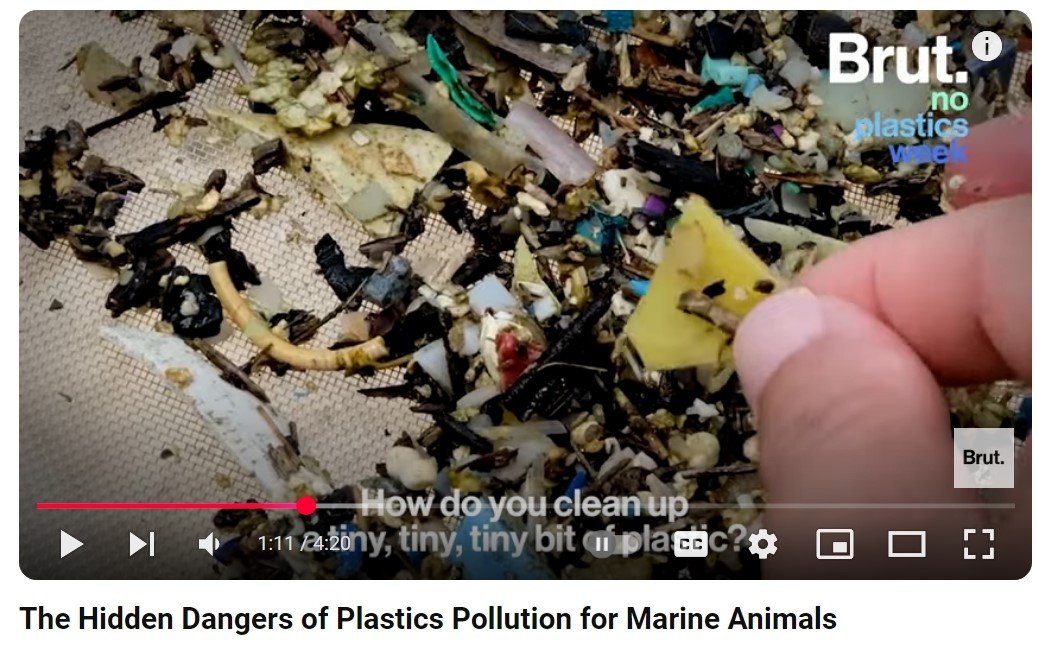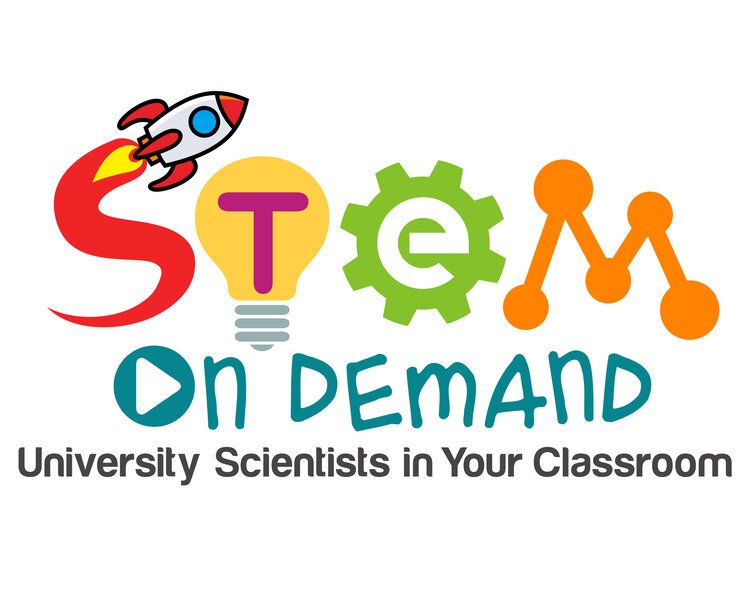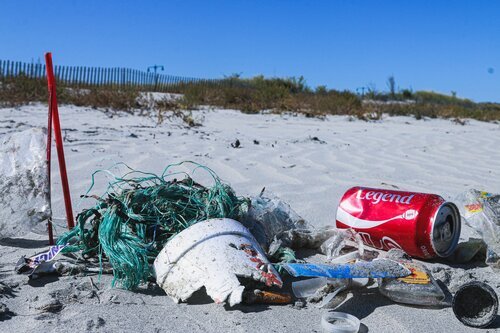Microplastics
Complete the form below to go directly to the lesson:
Time to take out the trash! Join us in an investigation of marine debris and its impact on the marine environment. This hands-on lesson approach helps students visualize the difficulty marine animals face in differentiating between food and debris, and it reinforces the idea that even small plastics (microplastics) can be harmful to animals and ecosystems.
Approximate time needed: 45-60 minutes
Grade level as written: 5 - 8
Standards MS CCRS: L.5.3B, E.5.10, L.6.3, L.7.3, E.8.10
Self-Guided Format:
This lesson is fully self-guided, allowing you to go at your own pace, providing flexibility to work through the material and classroom activities as needed. Whether you prefer to break up the lesson over multiple sessions or dive in all at once, this format gives you complete control to engage your students at your convenience. This lesson is a great addition for teachers doing a unit on environmental education, marine biology, and conservation efforts.
Scroll Down to the bottom of the page to see all the great things that are included in this lesson!
What Comes with The Lesson?
-

Short Educational Video
YouTube video on “The Hidden Dangers of Plastics Pollution for Marine Animals”
-

Materials List
-

Lesson Plan
-

Baby Sea Turtle picture
For classroom activity
-

Baby Sea Bird picture
For classroom activity
-

Baby Fish picture
For classroom activity

